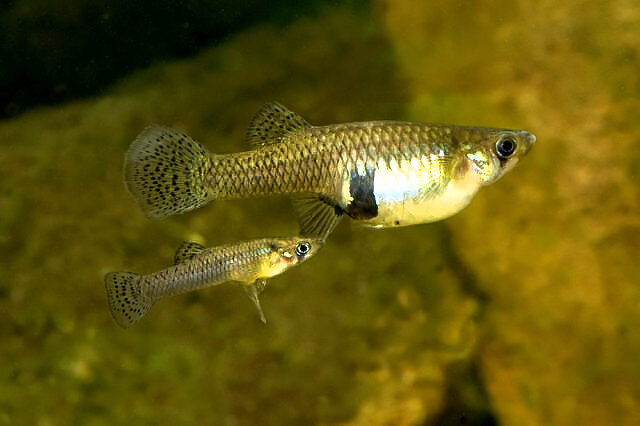
Gambusia, small fish from the Poeciliidae family, originate from North and South America and come in several dozen species. Females grow up to 6 cm, while males reach 3.5 cm. These fish consume invertebrates and other fish eggs but prefer mosquito larvae and pupae.
Malaria Control with Gambusia
Once Gambusia inhabits a water body, malaria outbreaks among people cease immediately. Spaniards and Italians imported Gambusia holbrooki from America in 1920, and it successfully acclimated in stagnant waters, eradicating malaria outbreaks within a few years. The fish was also introduced in the Philippines and Hawaii, showing remarkable effectiveness in malaria control.
In 1925, Gambusia was released in the Soviet Union, initially in Sukhumi and later across Asia, Kazakhstan, and Ukraine. Since 1956, there have been no cases of yellow fever-malaria on the Black Sea coast, leading to the development of resorts.
Unique Reproduction Method
Gambusia does not lay eggs like other fish. Males have a mobile copulatory organ, enabling internal fertilization similar to mammals. Females carry the eggs internally and give birth to up to 50 fry, a process called ovoviviparity. Each female can produce 4-5 broods per year, and the young mature within a couple of months.
Monuments to this remarkable fish can be found in Sochi and Corsica, recognizing its contribution to public health.


.png)

